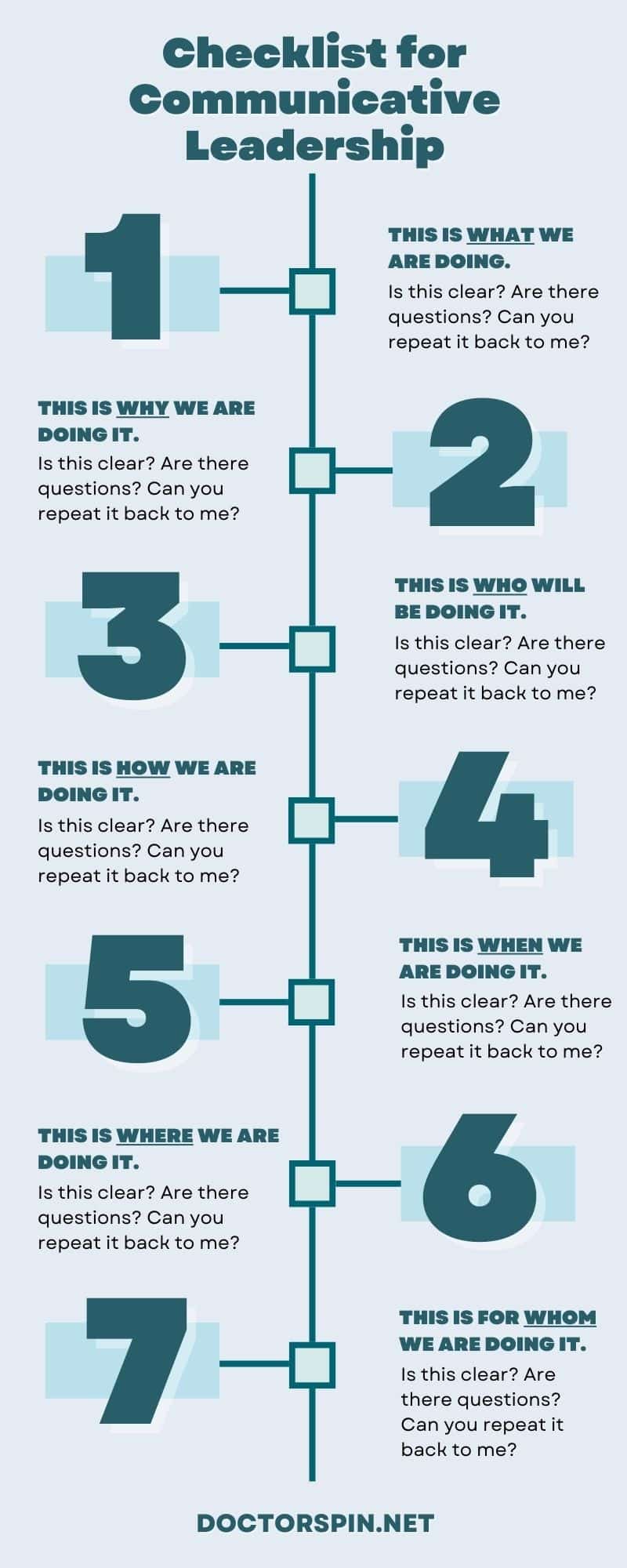Framing in PR is a learnable language skill.
Stakeholders and publics will likely perceive corporate messaging based on their pre-existing confirmation biases.
Therefore, organisations must seize every opportunity to frame their stories with language that amplifies their Core Message.
Here we go:
Persuasion Through Framing
Spin Academy | Online PR Courses
Persuasion Approach: Framing
Framing is a useful approach to persuasion:
Framing (in persuasion) = the rhetorical use of dynamic language to emphasise the strategic PR objective within the confines of a specific communication activity.
In other words, there are 1,000 ways to say anything. In PR, it’s wise to choose words that promote your cause.
To persuade (and mitigate confirmation bias), PR professionals can adopt an approach using the seven models of framing identified by Hallahan (1999):
“This paper identifies 7 distinct types of framing in public relations, which can be used to strategically create messages and audience responses.”
Source: Journal of Public Relations Research 1Hallahan, K. (1999). Seven Models of Framing: Implications for Public Relations. Journal of Public Relations Research, 11, 205 – 242. https://doi.org/10.1207/S1532754XJPRR1103_02
Each of these framing strategies can be used to tactically navigate and counteract confirmation bias, leading audiences to reconsider their pre-established beliefs and perceptions.
Learn more: Framing in PR: How To Bypass Confirmation Bias
💡 Subscribe and get a free ebook on how to get better PR.

Dynamic Language in Leadership Communication
Framing in leadership communication is crucial because it allows leaders to effectively connect with and influence their diverse audiences in various contexts.
By using dynamic language with metaphors, jargon, contrasts, spin, and storytelling, leaders can tailor their messages to resonate with different groups, whether employees, stakeholders, or publics.
“Effective leadership is achieved through effective framing, which involves using metaphors, jargon, contrasts, spin, and stories to communicate effectively and establish credibility.”
Source: American Journal of Health-System Pharmacy 2Fairhurst, G., & Sarr, R. (1996). The Art of Framing: Managing the Language of Leadership. American Journal of Health-System Pharmacy, 53, … Continue reading
Metaphors and stories help simplify complex ideas and make them relatable while using specific jargon can establish credibility within a particular field. Contrasts and spin aid in highlighting key points and shaping perspectives.
This dynamic approach to framing not only ensures clarity and understanding but also builds trust and credibility. It allows leaders to navigate different cultural, social, and professional landscapes, ensuring their message is not just heard but is influential, persuasive, and motivating.
“Leaders’ framing abilities are influenced by their social constructionism, message design logics, and whether they are a teachable skill.”
Source: Leadership 3Fairhurst, G. (2005). Re-framing The Art of Framing: Problems and Prospects for Leadership. Leadership, 1, 165 — 185. https://doi.org/10.1177/1742715005051857
Using dynamic language in leadership communication is about conveying information and messages that inspire, engage, and drive meaningful action.

THANKS FOR READING.
Need PR help? Hire me here.

PR Resource: Persuasion
Spin Academy | Online PR Courses

Spin’s PR School: Free Persuasion PR Course
Use this free Persuasion PR Course to elevate your public relations game with powerful insights. Drive impact and influence like never before.
Persuasion 101
Advanced Persuasion
Propaganda
Learn more: All Free PR Courses
💡 Subscribe and get a free ebook on how to get better PR.

PR Resource: Communicative Leadership
The Checklist for Communicative Leadership
Being a great leader can be daunting. However, with effort (and attention to detail), all leaders can practice expressive and precise communication.
How can you ensure your leadership is expressive and precise in practical situations?
As a rule of thumb:
It’s generally better to “over-communicate” (tolerable added effort) than “under-communicate” (substantial added risk).
Make sure to pass these communicative leadership checks:
“Expressive and precise communication styles have a stronger link to leader outcomes than personality traits extraversion and conscientiousness.”
Source: Human Performance 4Bakker-Pieper, A., & Vries, R. (2013). The Incremental Validity of Communication Styles Over Personality Traits for Leader Outcomes. Human Performance, 26, 1 — … Continue reading
Communicative Leadership (Infographic)
Learn more: The Checklist for Communicative Leadership
Annotations
| 1 | Hallahan, K. (1999). Seven Models of Framing: Implications for Public Relations. Journal of Public Relations Research, 11, 205 – 242. https://doi.org/10.1207/S1532754XJPRR1103_02 |
|---|---|
| 2 | Fairhurst, G., & Sarr, R. (1996). The Art of Framing: Managing the Language of Leadership. American Journal of Health-System Pharmacy, 53, 2670 – 2671. https://doi.org/10.1093/ajhp/53.21.2670 |
| 3 | Fairhurst, G. (2005). Re-framing The Art of Framing: Problems and Prospects for Leadership. Leadership, 1, 165 — 185. https://doi.org/10.1177/1742715005051857 |
| 4 | Bakker-Pieper, A., & Vries, R. (2013). The Incremental Validity of Communication Styles Over Personality Traits for Leader Outcomes. Human Performance, 26, 1 — 19. https://doi.org/10.1080/08959285.2012.736900 |



